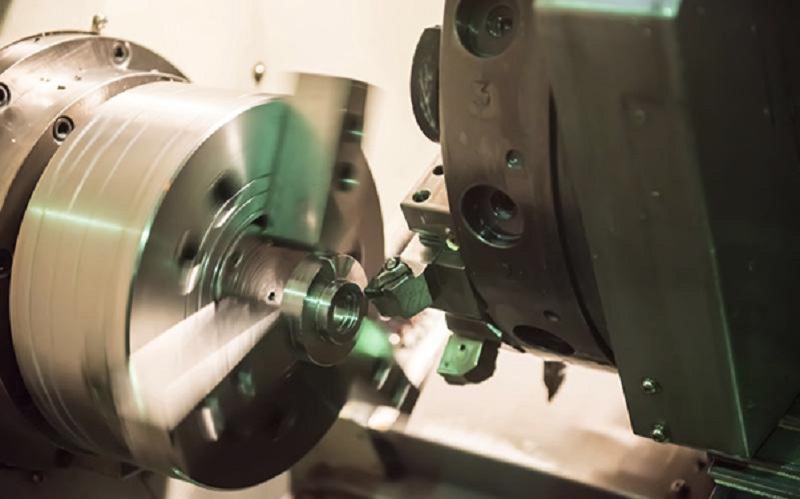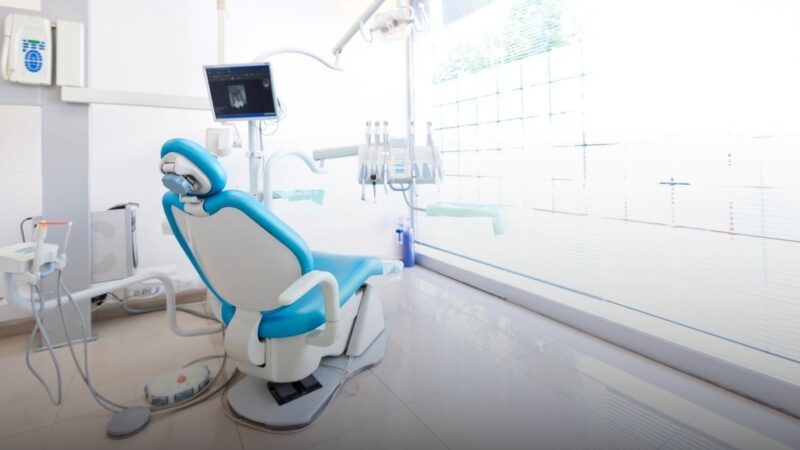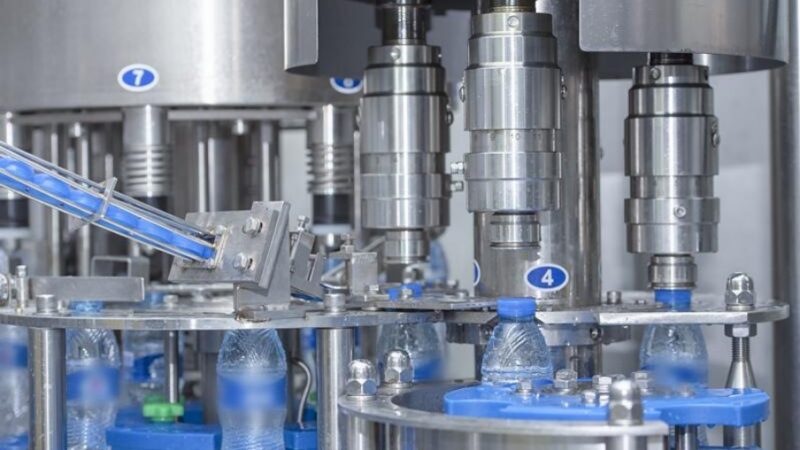7 Proof Points to Demand from a CNC Turning Service with Broaching

Sourcing precision parts is easier when vendors show evidence instead of promises. If a CNC turning service can integrate broaching, you gain speed and fewer handoffs, but only if the shop proves control. Ask for tangible proof before you award work, and make sure what you see aligns with your tolerance, finish, and schedule targets. The seven checks below help you separate polished sales talk from real capability.
1. Current, Comparable Part Run Book
Request a recent run book for a part similar in material, tolerance, and volume. You should see setup photos, tool lists, offsets, probing routines, and inspection plans tied to the same datum strategy you use. The details reveal whether the CNC turning service understands how orientation flows into the broaching location. If the packet looks generic or light on specifics, expect risk during first article inspection.
2. Datum Strategy Echo Test
Have the vendor restate your datum scheme and show the probing sequence that locks it in. You want confirmation that concentric features reference the same primary datum across turning and broaching. This echo test prevents orientation drift that ruins keyway position or spline timing. When teams share the same map, cycle times hold steady and disputes vanish at inspection.
3. Material Traceability with Heat-Lot Segregation
Ask how material certificates tie to each bar, how heats are segregated on the floor, and how nonconforming stock is quarantined. Broaching force, tool wear, and finish depend on hardness and condition, so weak traceability becomes scrap later. A credible system lets quality isolate issues to a specific lot instead of stalling an entire build. Strong inputs protect downstream stability.
4. In-Process Control with Recorded Limits
Look for short, frequent checks rather than end-of-line surprises. Expect spindle probing for datums, gauged bores before broaching, and recorded keyway width, depth, and location after the pull. Limits for insert wear, coolant concentration, and clamping force should be written, not implied. When a shop tracks trends and corrects early, you get consistent results without rescue work.
5. Fixturing and Workholding That Protects the Finish
Review jaws, soft pads, collets, or mandrels chosen for your part. Long or slender work needs tailstock support or a steady rest to control deflection, while delicate surfaces need contact points away from cosmetic areas. Proper workholding reduces chatter, stabilizes tool life, and preserves the finish you specified. Good fixtures also make broaching orientation repeatable across shifts.
6. Sequencing That Prepares the Bore for Broaching
Ask the vendor to walk you through the exact order of operations. A sound plan roughs and stabilizes the bore, semi-finishes to the broach maker’s allowance, and adds a clean chamfer or lead-in groove. Coolant delivery and chip evacuation must be defined to prevent scoring. When the sequence is deliberate, broaching adds speed and precision instead of risk.
7. Post-Process Plan for Deburr and Finish
Confirm how the shop will deburr edges that interact with seals or bearings, and how coatings or anodized thickness will be accounted for. If a light finishing pass follows broaching, you want stock reserved and recorded. A clear exit plan avoids rounding critical corners or drifting dimensions at the last step. Finishing should preserve geometry earned upstream, not fix it.
Conclusion
Vendors win trust when their evidence matches your requirements. Traceable material safeguards tool behaviour and finish, a shared datum strategy maintains location integrity, and a similar run book demonstrates real work under real strain. In-process control catches drift, while it is cheap to correct, and robust workholding holds tolerance without scarring surfaces. Sequencing that prepares the bore makes broaching reliable, while a disciplined deburr and finish plan preserves the geometry you paid to create. With these seven proof points in hand, your award decisions become faster, your assemblies fit the first time, and your launch dates become achievable rather than aspirational.
For a sourcing review grounded in these checks, contact Disk Precision Group.







